
Greek cuisine is a vibrant and rich tradition that has evolved over millennia, drawing upon the natural bounty of the Mediterranean region and the history of Greece’s ancient civilization. With its emphasis on fresh ingredients, bold flavors, and simple preparation, Greek food has won hearts worldwide, influencing modern culinary practices while maintaining a deep connection to its roots. But what exactly defines Greek cuisine, and why is it so beloved?
This comprehensive guide delves into the ingredients, techniques, and dishes that make Greek cuisine so unique, exploring its history, cultural significance, and how it continues to be an essential part of Greek life.
The Historical Roots of Greek Cuisine
The history of Greek cuisine dates back over 4,000 years, tracing its origins to the Mycenaean period and later influenced by Roman, Byzantine, Ottoman, and even Venetian culinary practices. Ancient Greeks were pioneers in food culture, developing the concept of a balanced diet with meals that included grains, legumes, vegetables, and meats—elements that remain at the heart of modern Greek cooking.
Food also had symbolic and ritualistic significance in ancient Greece. Bread, wine, and olive oil were considered sacred, offerings to the gods and essential to daily life. In fact, many of the basic ingredients of modern Greek cuisine—such as olive oil, wine, honey, and grains—have been cultivated in Greece for thousands of years, forming the basis of both religious practices and communal feasts.
The Mediterranean Diet: Greece’s Culinary Foundation
Greek cuisine is often associated with the Mediterranean diet, a way of eating that has been linked to longevity and health due to its emphasis on whole, minimally processed foods. Central to the diet are fresh vegetables, olive oil, whole grains, legumes, lean proteins (particularly fish), and moderate consumption of dairy and wine.
In Greece, meals are traditionally social events meant to be shared with family and friends, often involving multiple small dishes or meze. This culture of communal dining reflects the importance of hospitality, or filoxenia, which is a deeply rooted value in Greek society.
Core Ingredients of Greek Cuisine
Greek cooking revolves around a few core ingredients that create the foundation of many dishes. These ingredients are simple yet powerful, imparting distinct flavors and textures to Greek cuisine.
Olive Oil: The Lifeblood of Greek Cooking

Greek cuisine is unthinkable without olive oil, often referred to as “liquid gold” in the ancient world. Greece is one of the world’s largest producers of olive oil, and it is the cornerstone of virtually every dish. Whether used in salads, marinades, or cooking, olive oil lends a rich flavor that enhances everything it touches.
Beyond its taste, olive oil is celebrated for its health benefits. Packed with antioxidants and healthy fats, it is a major reason why the Mediterranean diet is considered one of the healthiest in the world.
Herbs and Spices: Oregano, Thyme, and More
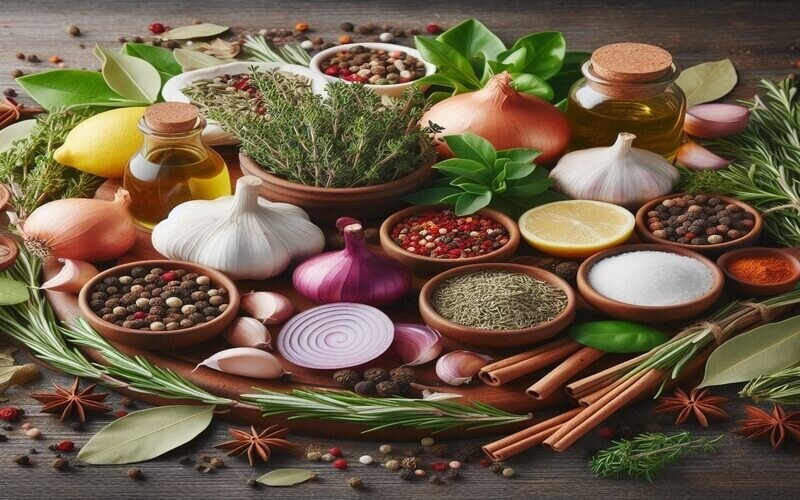
Herbs play a crucial role in Greek cuisine, with many dishes seasoned with oregano, thyme, rosemary, and bay leaves. These Mediterranean herbs not only add flavor but also reflect the country’s geography, growing naturally in Greece’s mountainous and coastal regions.
In addition to herbs, garlic, onion, and lemon are fundamental to Greek cooking. The combination of these ingredients creates a balance of freshness and earthiness that defines Greek dishes, whether used in meat marinades, dressings, or sauces.
Vegetables: A Mediterranean Garden of Freshness

Vegetables are the heart of Greek cuisine, enjoyed raw, roasted, grilled, or stewed. Dishes like Briam (a roasted vegetable medley), Gigantes Plaki (giant baked beans in tomato sauce), and Horta Vrasta (boiled wild greens) showcase the bounty of Greece’s gardens.
Tomatoes, zucchini, eggplant, spinach, peppers, and potatoes are staples in Greek kitchens. They are often cooked in lathera (olive oil-based stews), which are light but full of flavor. A simple salad made with cucumbers, tomatoes, red onions, olives, and feta—known as Horiatiki or the classic Greek salad—is a refreshing and essential side dish in almost every meal.
Legumes: A Protein-Packed Tradition
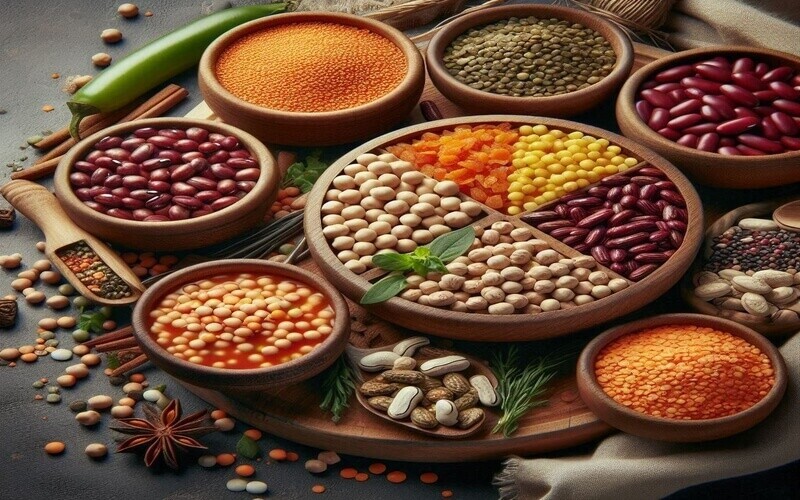
Legumes such as chickpeas, lentils, and beans are integral to Greek cuisine, offering an inexpensive, nutritious source of protein. Dishes like Fasolada (a traditional bean soup) are among the most popular comfort foods in Greece, especially during the winter months.
Chickpeas are featured in dishes like Revithia (chickpea soup), while lentils are often used in Fakes, a hearty lentil stew. These legumes are typically cooked with olive oil, herbs, and a hint of citrus, creating a simple yet nourishing meal.
Dairy: Feta and Beyond
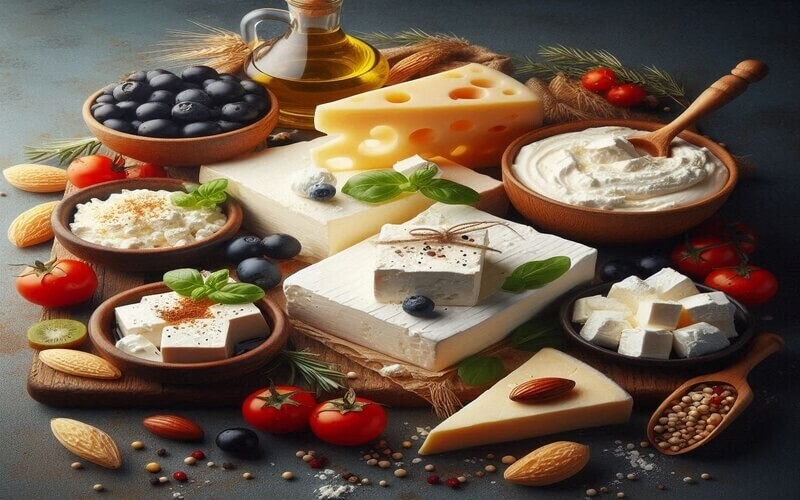
Cheese is a celebrated element of Greek cuisine, with feta being the most famous and widely exported. Made from sheep’s milk or a combination of sheep and goat’s milk, feta is a tangy, crumbly cheese often found in salads, pies, and even as a standalone dish drizzled with olive oil and oregano.
However, Greece is home to a variety of other cheeses, each region producing its own specialties. Graviera (a hard cheese similar to Gruyère), Kasseri (a semi-hard cheese made from sheep’s milk), and Mizithra (a fresh, mild cheese often used in pastries) are just a few examples of the diverse cheeses available in Greek markets.
Meat and Seafood: A Balance of Land and Sea

Greek cuisine balances land and sea, reflecting the country’s geography. While seafood dominates in coastal regions, meat plays a crucial role in festive dishes and everyday meals alike.
Lamb, pork, and chicken are the most common meats in Greek cooking. Popular dishes include Souvlaki (grilled skewers of meat served with pita and tzatziki) and Kleftiko (slow-cooked lamb marinated in herbs). Gyro, another iconic dish, consists of roasted meat (often lamb or pork) sliced thin and served with pita bread, vegetables, and sauces.
Seafood is equally important, particularly in the islands and coastal cities. Grilled octopus, fried calamari, and bakaliaros (battered cod) are beloved dishes that highlight the freshness of Mediterranean seafood. Simplicity is key here: seafood is often seasoned with olive oil, lemon, and oregano before being grilled or fried.
Grains and Bread: The Daily Staple
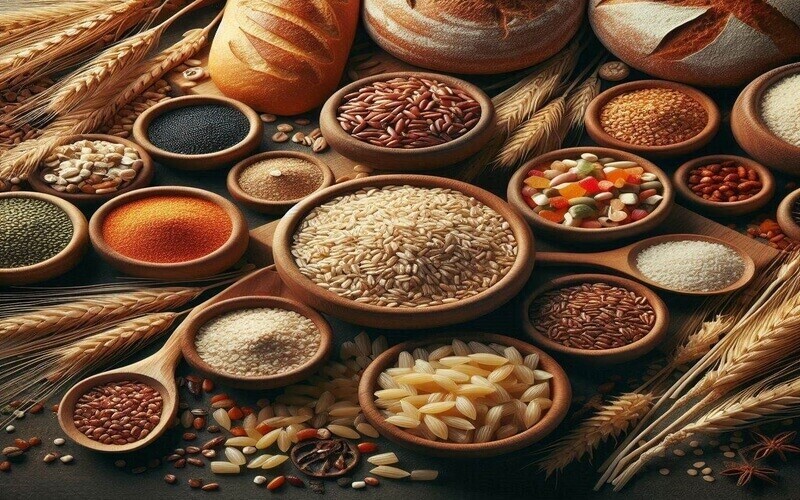
Bread is an indispensable part of every Greek meal. Pita, a flatbread, is probably the most well-known, used to wrap meats like souvlaki or dipped in sauces like tzatziki (a yogurt-cucumber dip). But there are many other types of bread that accompany meals, including Koulouri (a sesame-covered bread ring) and Eliopsomo (olive bread).
Grains like bulgur, barley, and orzo are frequently used in dishes. Spanakorizo (spinach and rice), for example, is a popular vegetarian dish combining rice with spinach, olive oil, and lemon.
The Dishes That Define Greek Cuisine
Greek cuisine is built around a few key dishes that define its identity and are enjoyed in homes and tavernas across the country.
Souvlaki and Gyro: Street Food Icons

Souvlaki and gyro are probably the most famous Greek dishes globally, and they are often enjoyed as quick, affordable street food. Souvlaki consists of skewered, grilled meat (typically pork or chicken) served with pita, vegetables, and tzatziki. Gyro, on the other hand, features thin slices of roasted meat (usually pork or lamb) wrapped in pita with onions, tomatoes, and sauces.
Moussaka: The Quintessential Greek Comfort Food

Moussaka is a baked casserole that epitomizes Greek comfort food. Layers of eggplant, minced meat (usually lamb or beef), and béchamel sauce create a hearty dish that is baked to perfection. It’s often served during special occasions but is a common meal in households and restaurants alike.
Dolmades: A Bite of Tradition
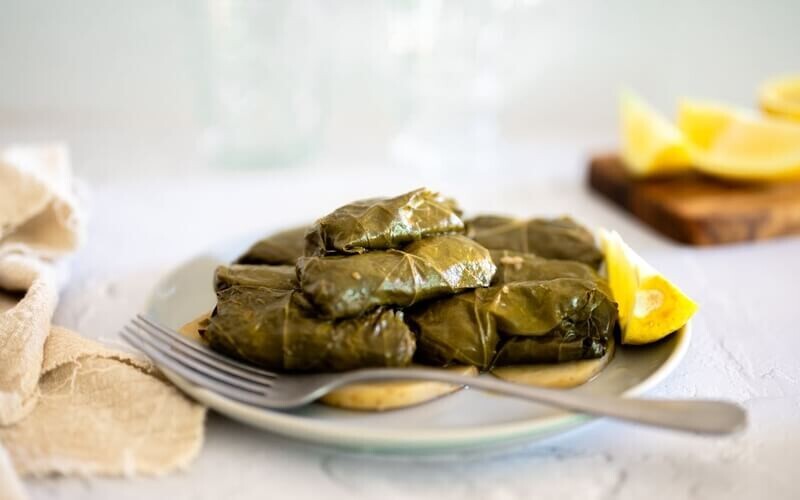
(Photo by eat kubba on Pexels)
Dolmades are grape leaves stuffed with rice, herbs, and sometimes meat. They are served as part of the meze tradition, often cold, and sometimes drizzled with a lemon or yogurt sauce.
Spanakopita: A Filo-Pastry Classic
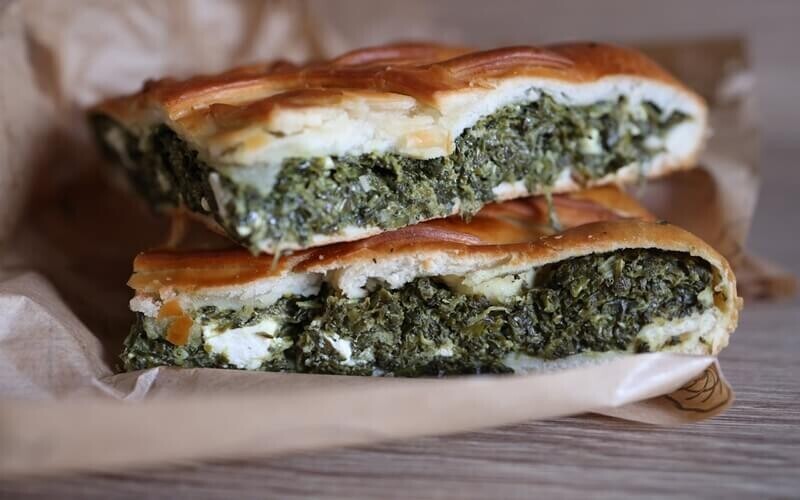
(Photo by Valeria Boltneva on Pexels)
This savory pie, made with phyllo dough, spinach, feta, and herbs, is a popular appetizer and snack. The flaky layers of phyllo, combined with the richness of the cheese and spinach filling, make spanakopita one of the most beloved Greek dishes. Variations of the pie include Tiropita (cheese pie), made with various Greek cheeses.
Seafood Specialties: From Grilled Octopus to Calamari

(Photo by Jesse Hanley on Unsplash)
Greek seafood dishes reflect the country’s deep connection to the sea. Grilled octopus, tender and seasoned with olive oil and vinegar, is a favorite appetizer or main dish. Calamari, whether grilled or fried, is another popular choice. Many seaside tavernas serve whole fish, such as sea bass or red mullet, simply grilled with olive oil, lemon, and herbs.

(Photo by Arya Bajra on Pexels)
Greek Desserts: A Sweet Conclusion

(Photo by axelslash7 on Pixabay)
Greek desserts are often a delightful combination of sweetness, texture, and aromatic spices like cinnamon and cloves. Baklava is perhaps the most famous, with its layers of phyllo dough, nuts, and honey syrup, offering a crunchy and sweet treat. Other beloved desserts include:
- Galaktoboureko: A custard-filled phyllo pastry soaked in syrup.
- Loukoumades: Greek doughnuts drizzled with honey and sprinkled with cinnamon.
- Kataifi: Shredded phyllo pastry filled with nuts and soaked in syrup.
Greek yogurt, often served with honey and nuts, is another simple but satisfying dessert that highlights the creamy texture of the yogurt paired with the natural sweetness of honey.
Wine and Spirits: A Taste of Greece

Greek meals are often accompanied by wine or spirits, both of which have deep historical roots in the country. Greece produces a wide variety of wines, with notable regional varieties like Assyrtiko (a white wine from Santorini) and Xinomavro (a red wine from northern Greece).
Spirits such as Ouzo, an anise-flavored aperitif, and Tsipouro, a strong distilled spirit similar to grappa, are popular choices for sipping alongside meze. Metaxa, a Greek brandy, is also commonly served as a digestif.
The Art of Meze: Sharing is Caring

One of the unique aspects of Greek dining culture is the concept of meze—small plates meant to be shared. Meze may include a variety of dishes such as tzatziki, taramosalata (fish roe dip), fava (yellow split pea puree), and grilled meats or seafood.
Meze not only provide a diverse range of flavors but also emphasize the social aspect of Greek dining, where meals are enjoyed slowly, with conversation and companionship.
A Unique Fact About Greek Cuisine
One fascinating fact about Greek cuisine that many people don’t know is that the ancient Greeks practiced symposia, which were social gatherings centered around food, wine, and philosophical conversation. These gatherings laid the groundwork for modern-day meze culture, where food and drink are shared communally, creating a bond between diners and fostering deep conversations.
In conclusion, Greek cuisine is more than just food—it’s a reflection of the country’s rich history, culture, and geography. Each dish tells a story, from the ancient practices of olive cultivation to the communal nature of meze. Whether you’re indulging in a hearty moussaka or enjoying the simplicity of a fresh Greek salad, Greek cuisine offers an unparalleled culinary experience that is as diverse as it is flavorful.
“Greek cuisine is the art of taking simple ingredients—olive oil, vegetables, cheese—and transforming them into something extraordinary, full of history, culture, and love.“
